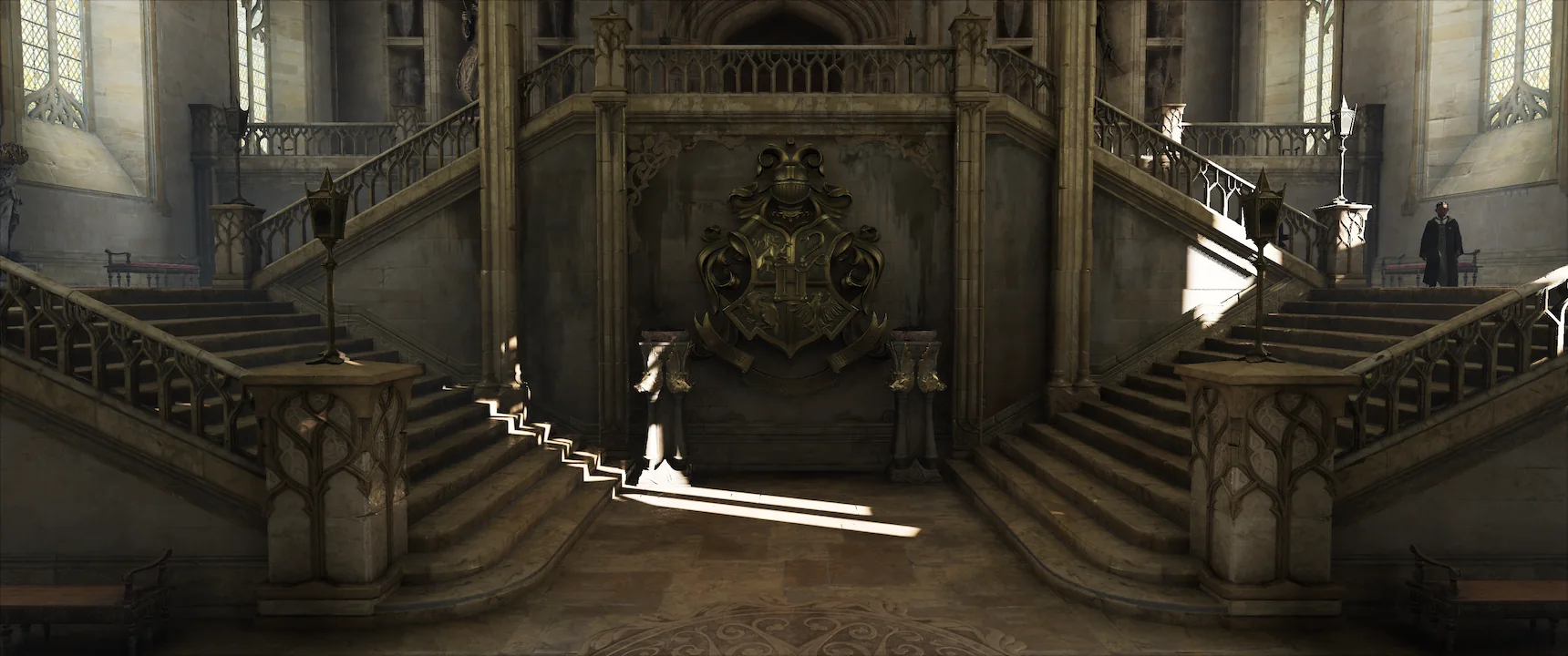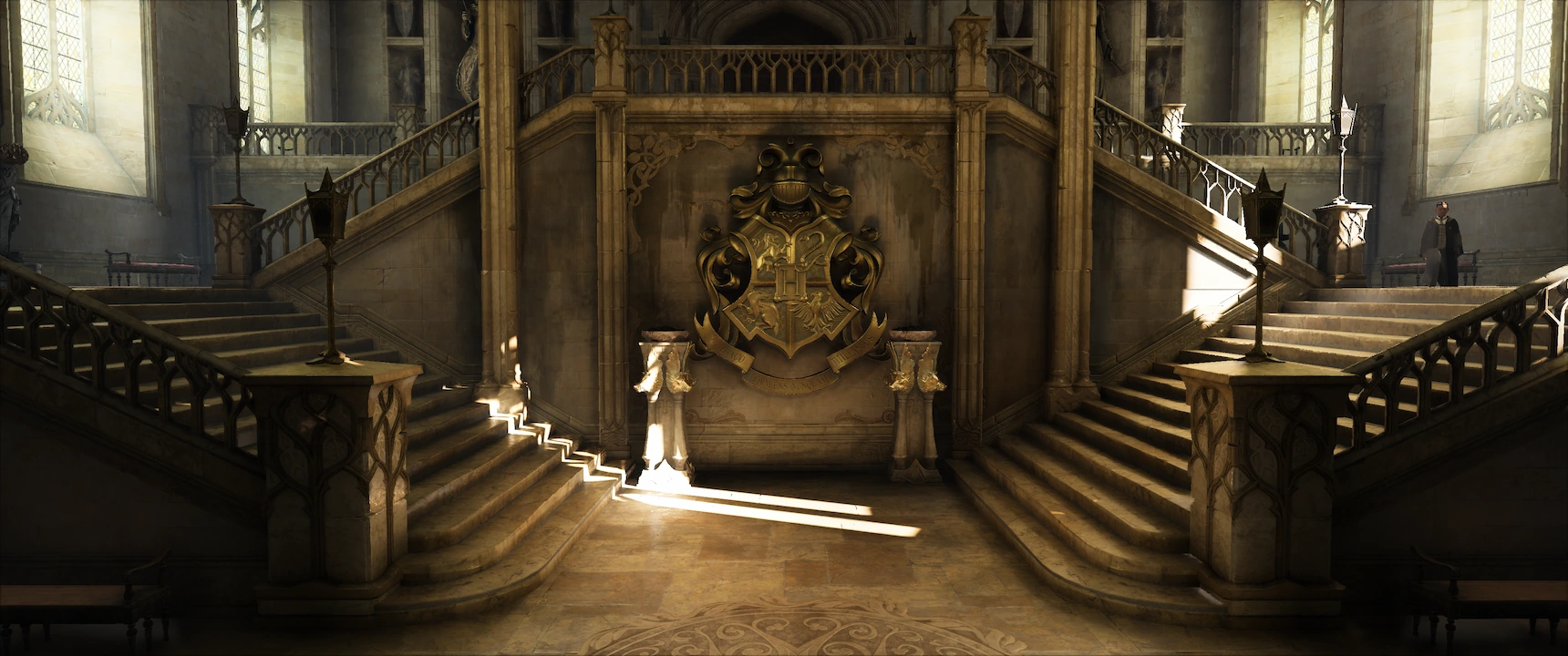RAY TRACED GLOBAL ILLUMINATION

The ReShade Ray Traced Global Illumination Shader (“RTGI”) is our most well-known effect, featured since its inception in various news articles and has since then been adopted by NVIDIA in their NVIDIA FreeStyle and Ansel driver modules as “SSRTGI” for use on select games.
RTGI adds fully dynamic, realistic and immersive ray traced lighting to video games, bridging the gap between offline generated images and real time solutions in terms of lighting quality.
Why RTGI?
Uncompromised Quality
RTGI accurately models diffuse and specular Global Illumination. It produces very temporally stable lighting, minimizing flickering or temporal lag commonly seen in other solutions.
Hardware Independency
By operating on depth data alone, RTGI is fully compatible with non-RTX video cards and has no inherent hardware feature requirements. Just – don’t use it on a toaster. Ray Tracing is demanding.
Intuitive and scalable
RTGI combines fine grained controls with an intuitive interface, allowing you to shape the lighting to meet your demands.
Quality presets for both diffuse and specular GI put you in control of the performance/quality ratio.
Results




